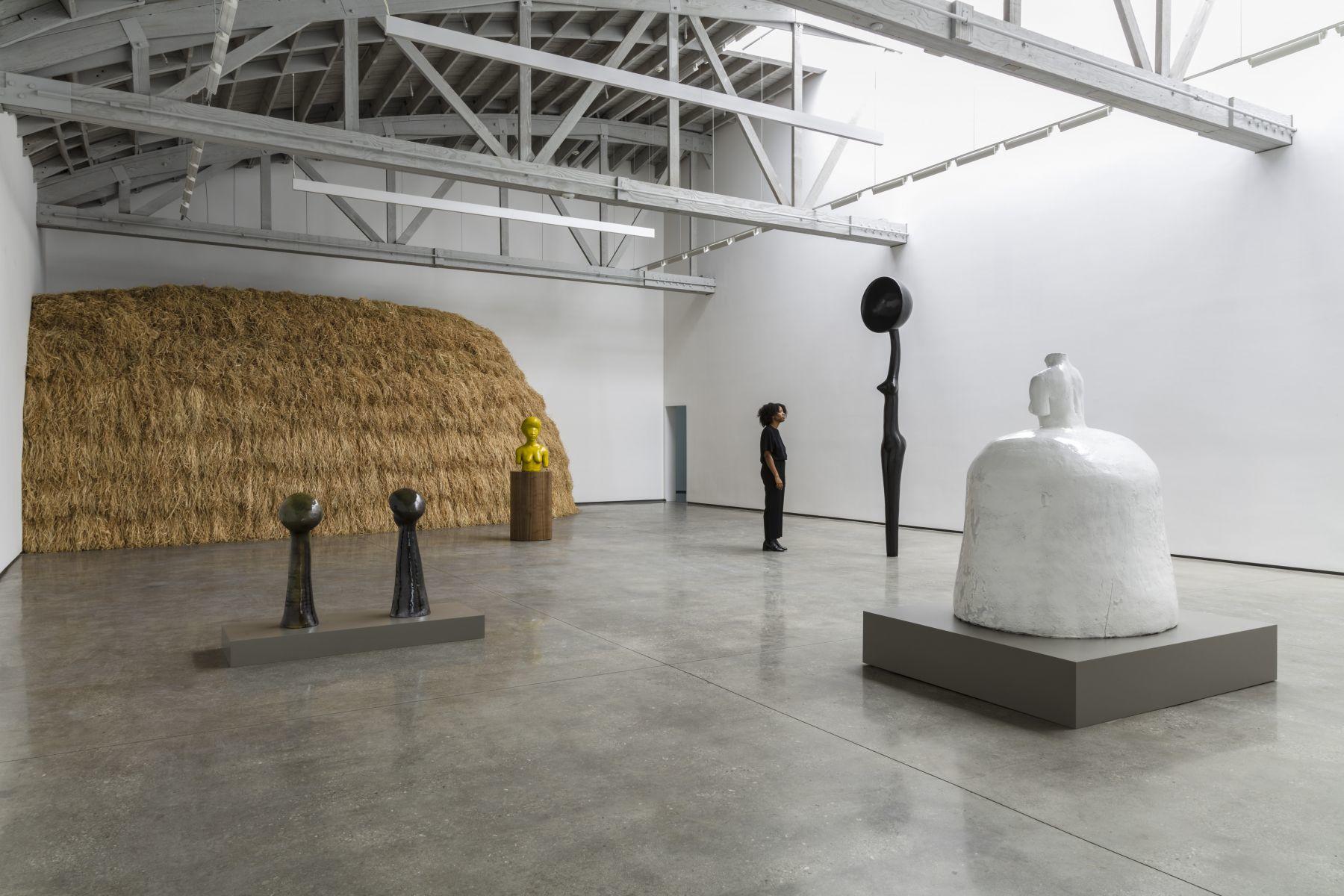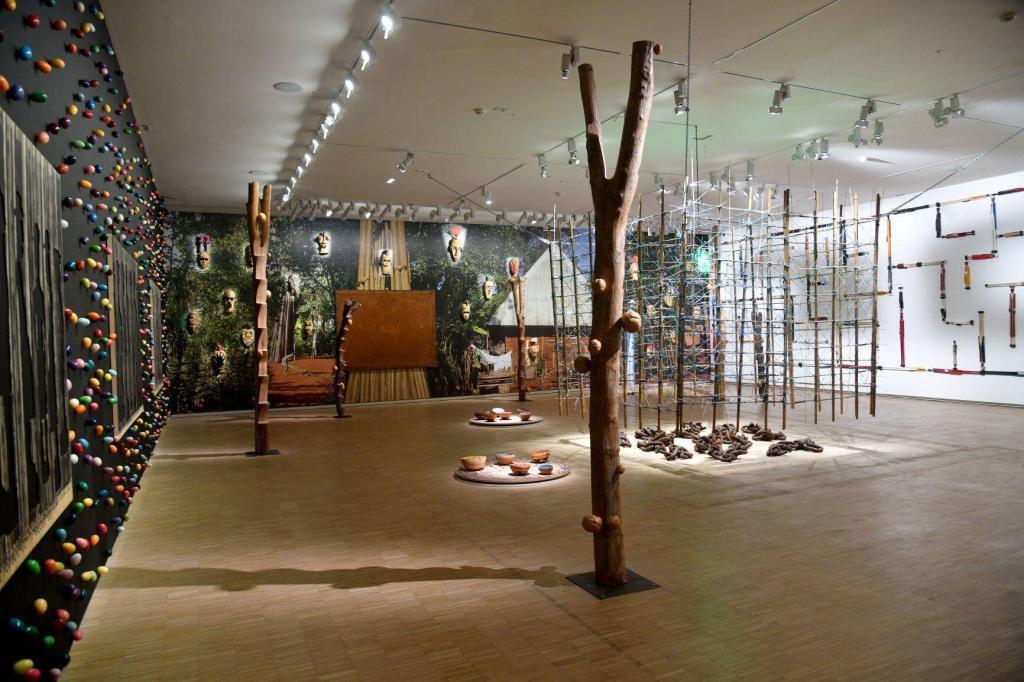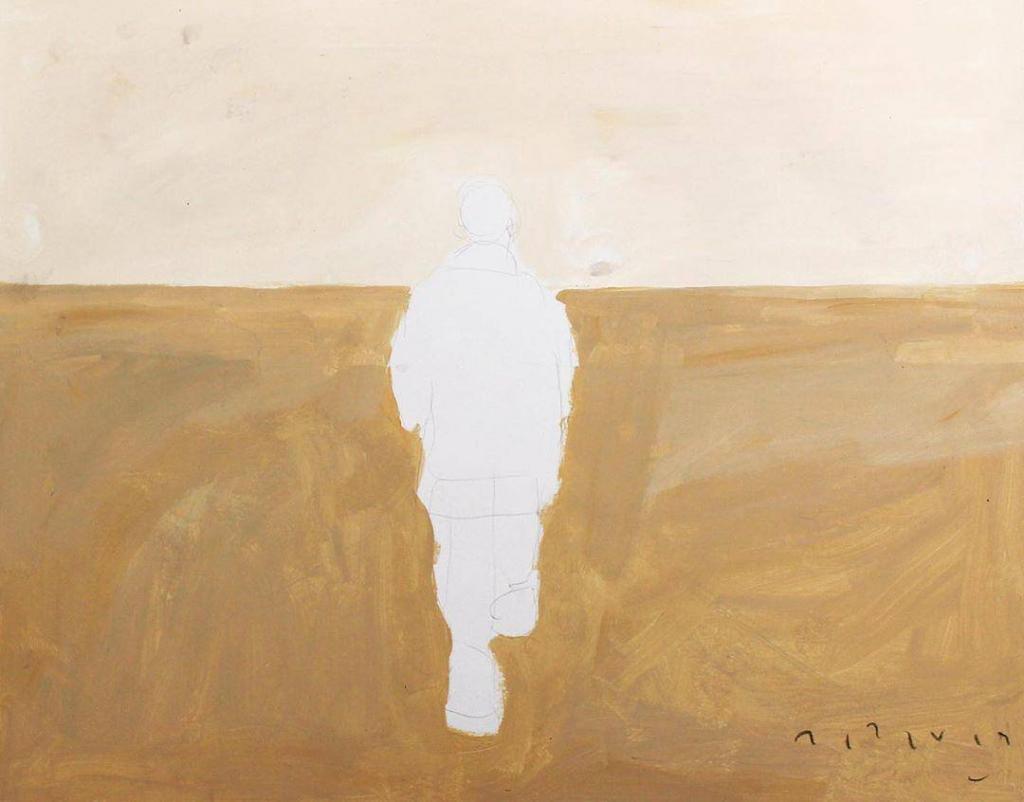Simone Leigh’s exhibition at the David Kordansky Gallery
26/05/2020 - 11/07/2020David Kordansky Gallery is presenting a solo exhibition of new sculptures by Simone Leigh. The show will be on view at the gallery from May 26 through July 11, 2020
Works inspired by a set of global references
Chicago-born, New York-based Simone Leigh creates objects that occupy the liminal space between figuration and abstraction. A wide-ranging thinker and virtuosic maker who produces objects, videos, installations, performances, and works centered on social engagement, Simone Leigh explores black female experiences from a multiplicity of cultural and formal perspectives and historical viewpoints. In recent years, Leigh has become increasingly recognized for her large-scale ceramic and bronze sculptures, which feature braided vessels and skirted body-like forms. Rendered at a scale that is often larger-than-life, the stand-alone sculptures are frequently installed alongside architectural installations. The work is defined by a combination of materials—such as clay, bronze, and raffia—traditionally associated with African art, yet which draw from a global array of references.

New ceramic sculptures in the exhibition include large, bulbous, bottle-like vessels and a bell-shaped figure that is both monumental and intimate. These works can be read in association with the face jug pottery made by nineteenth-century African-Americans enslaved in the South. Leigh’s interest here follows the belief in the sacred value of these vessels, which many believe served as power objects for spiritual protection and the guarding of domestic spaces.
A reflection on black women’s bodies in our world
Leigh’s work manifests the experiences and social histories of subjects often omitted from colonial narratives in a kind of autoethnography that is equally attuned to individual perspectives and collective structures. While her ongoing project is broadly concerned with the epistemologies of black women, her figures extend beyond the representational, and result from extended research into her materials and their histories. Her projects take shape across a heterogeneous spectrum of registers, often combining symbolic and ethnographic modes, and identifying where individual and collective forms of address overlap.
Another new sculpture combines a ceramic component in the form of a woman’s head and torso with a large, dome-like skirt covered in raffia palm leaves. At once a meditation on vernacular architecture (the skirt can be read as a repurposed hut) and an essay in varied textures, colors, and visual rhythms, the work poses questions about Modernism and the relationship between the black female body and the encompassing physical, social, and historical environments in which it appears.
The global array of her references, as well as her nuanced understanding of the varied contexts in which her work appears, results in critical investigations of such complex topics as the feminist perception of beauty, the role of the physical body in communities, and the representation of race, especially as it pertains to the agency of black women. By returning to certain materials and typologies over time and in different contexts, Leigh establishes an open-ended landscape of forms that registers subtle changes in perspective and scale.

She often incorporates architectural interventions in her exhibitions, as she does here in a large-scale installation that occupies one of the gallery’s corners and a majority of one of its walls. A caged steel frame also overlaid with raffia leaves, the work transforms a metaphorical reference to the traditional oval Rondavel grass huts in sub-Saharan Africa or the Mousgoum dwellings in northern Cameroon and Chad into an object that exists somewhere between functional housing and minimalist sculpture. Though there is no door for entry, it evokes, albeit conceptually, the possibility of communal gathering in a space that otherwise privileges singular acts of viewing.





